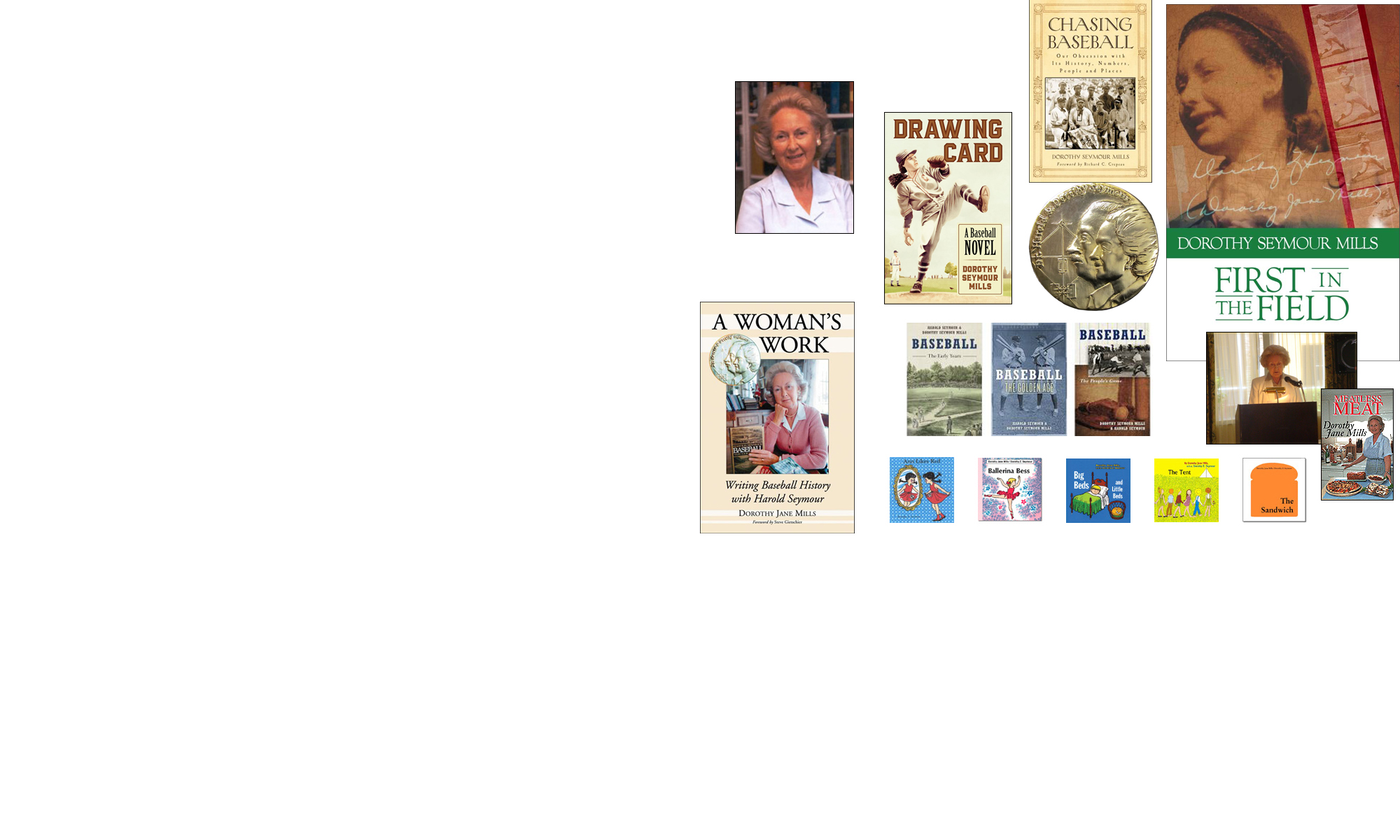Have you ever read the magazine of Major League Baseball? It’s called MLB Insiders Club Magazine, and you can subscribe to it through the Baseball Hall of Fame in Cooperstown. One of the regular features of this magazine is a set of stories written by fans about their wonderful experiences in ballparks. They are heart-warming.
Until you begin to realize what they omit from their stories.
In the latest issue, Volume 6 Issue 4, three stories stand out. All three tell about experiences of female fans.
The first, written by an employee of Major League Baseball, tells about the day he first took his twin daughters to a major-league park. “When my daughters were ready for their first Big League game at 5,” he writes, “Citi Field was the easy choice.” His story explains what he and the girls enjoyed most: the convenience of entering the park, watching a player hit a home run, engaging in “distracting” activities like playing video games, and catching a glimpse of the mascot in his costume. An accompanying photo shows the girls in their baseball uniforms and carrying their baseball gloves, grinning at each other with pleasure.
What their father neglected to reveal to them about their baseball experience is that they could dress up as ball players and watch major-league ball playing (for money), but they could never aspire to be major-league ball players because the men who run the professional game don’t want women in it.
A second story, written by the son of a former Commissioner of Organized Baseball, tells about his youth. His family, he says, were great fans. His sister Elena was “always different from the rest of us: better looking, more intelligent, and a superior athlete . . . as well as the only girl in our neighborhood stickball games.” When his family sat in baseball stands with their father, “Elena was in baseball heaven.” Do you think her father ever revealed to Elena that no matter how good an athlete she was, she would never be able to play baseball in a major-league park? I wonder if her father even realized that the game he supposedly supervised discriminated against girls like his daughter.
In a third story, “A Student of the Game,” a woman recalls the pitching instruction she received when she was young, instruction that came from Eddie Lopat after a game in New York and that continued for three years thereafter. “Later on,” she remarks, “Lopat told me that the moment I approached him, he knew that I was serious and willing to work.” This girl used the knowledge she obtained from Lopat to become a good pitcher on amateur teams of the New York area in the 1950s. Of course, despite her “serious” interest in pitching, she never had a chance to play on a high level. What girl did?
Fans reading these stories probably don’t think of the information that is left out, information revealing that because men think of baseball as theirs alone, women had better not aspire to excel in our National Game, no matter how much baseball thrills them, no matter how athletic they are, no matter how many times they dress up in baseball uniforms, and no matter how serious they are about becoming better ball players. Because of men’s attitudes, women who love baseball are still limited to the grandstand.
